
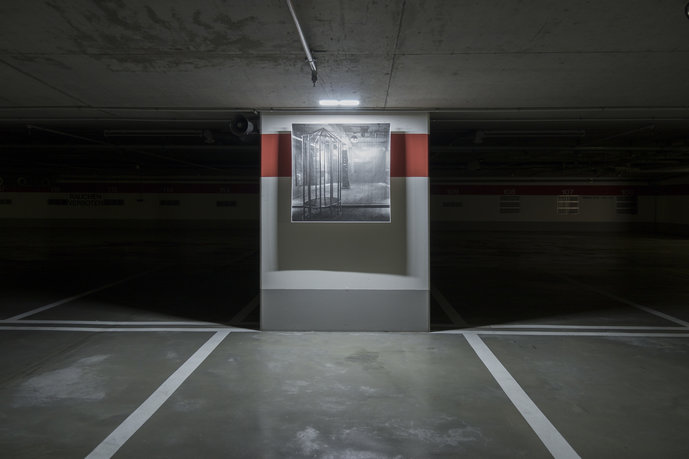
“Not Spots,” intermediate examination project by Vera Gärtner (© Vera Gärtner, HfG Karlsruhe)

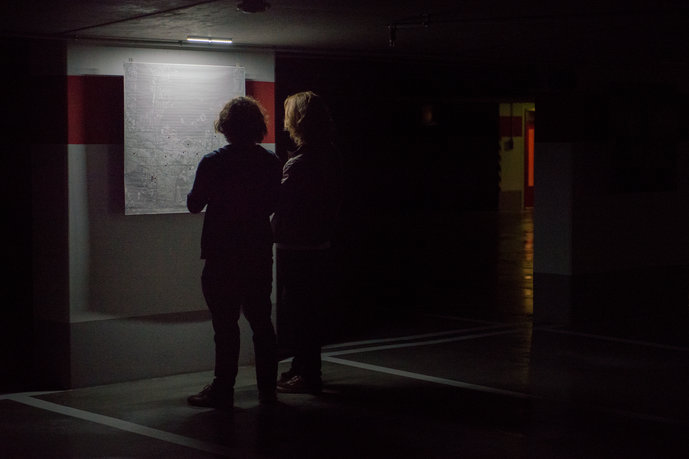
“Not Spots,” intermediate examination project by Vera Gärtner (© Vera Gärtner, HfG Karlsruhe)

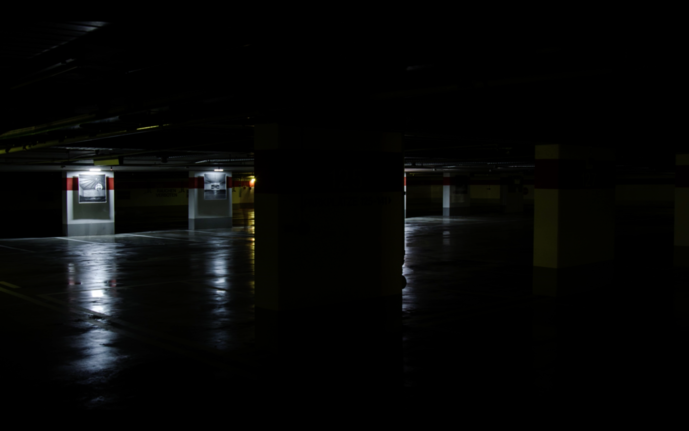
“Not Spots,” intermediate examination project by Vera Gärtner (© Vera Gärtner, HfG Karlsruhe)

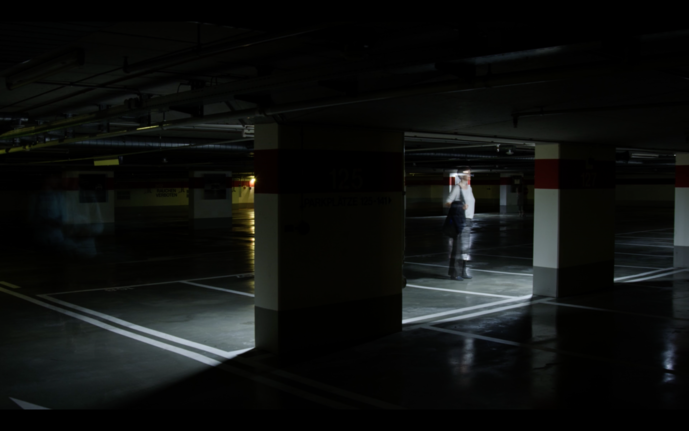
“Not Spots,” intermediate examination project by Vera Gärtner (© Vera Gärtner, HfG Karlsruhe)

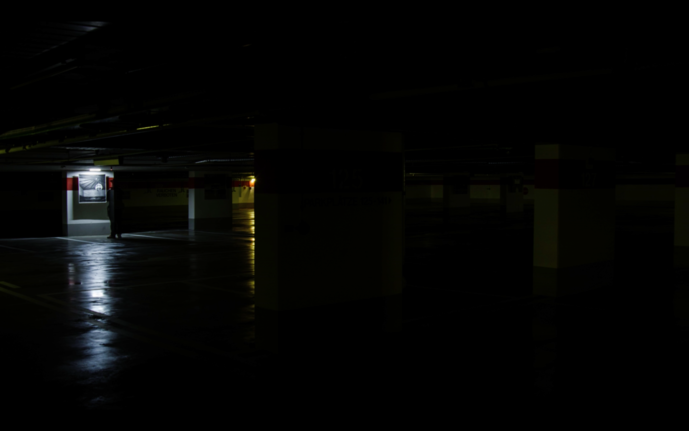
“Not Spots,” intermediate examination project by Vera Gärtner (© Vera Gärtner, HfG Karlsruhe)

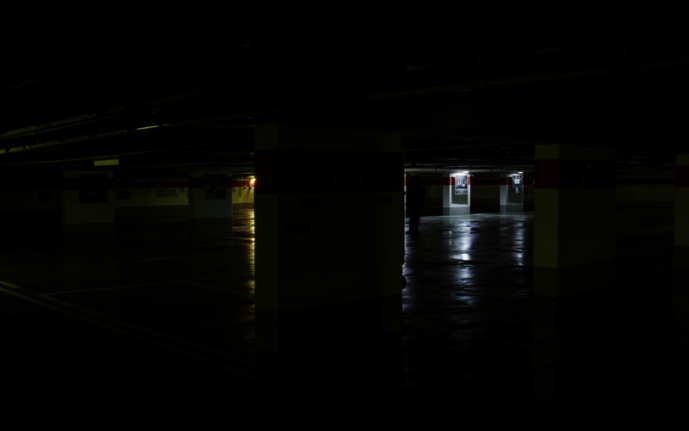
“Not Spots,” intermediate examination project by Vera Gärtner (© Vera Gärtner, HfG Karlsruhe)
Not Spots are places without reception, dead zones in the increasingly dense mobile networks. While for some they are a nuisance that makes mobile communication more difficult, for others they may be a place of rest or protection, where they can withdraw for a moment from their constant accessibility or from the monitoring of mobile network data. Dead zones are places with a subtle, precious nature, and they have become rare.
Vera Gärtner went off in search of areas without reception in Karlsruhe, and mapped and photographed them. They include public areas – a shopping arcade, a bar, a cinema auditorium – as well as private areas, for example the kitchen of a friend who has an apartment in a back yard. She also encountered an underground garage which fulfills the function of a place of protection in two respects. As an underground garage, it is not only an area without any mobile network reception, but it was built in the 1970s in such a way that it can be used as a civil shelter. There are numerous details that indicate the double function of this place: access is only possible through airlocks, there is a special ventilation system and signs which show the location of a sickroom, for example.
Vera Gärtner has developed a site-specific presentation of her photos of Not Spots for this location. The photographs were each mounted individually in front of a concrete column in the underground garage, so that they emphasized the expanse of the space and at the same time formed a corridor in the center. The numbering of the parking spaces on the columns and on the ground gave the photographs an approximate arrangement system. Each photograph was fitted with a motion sensor, which switched on an individual LED lamp whenever visitors approached a picture. This presentation format succeeded in productively reinforcing the research work in the project and the specific quality of the exhibition space.
Supervised by: Prof. Andreas Müller, Prof. Heike Schuppelius

